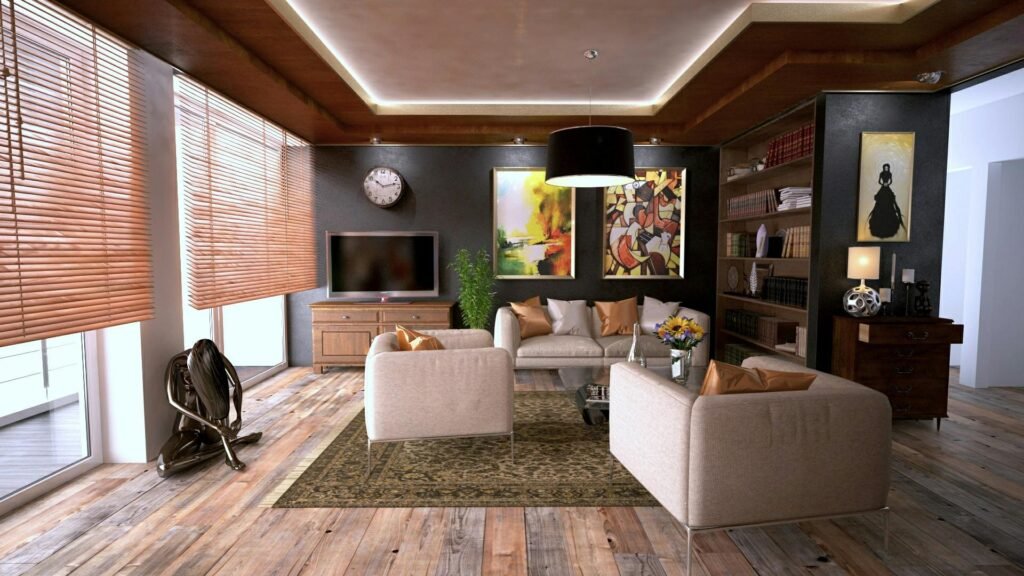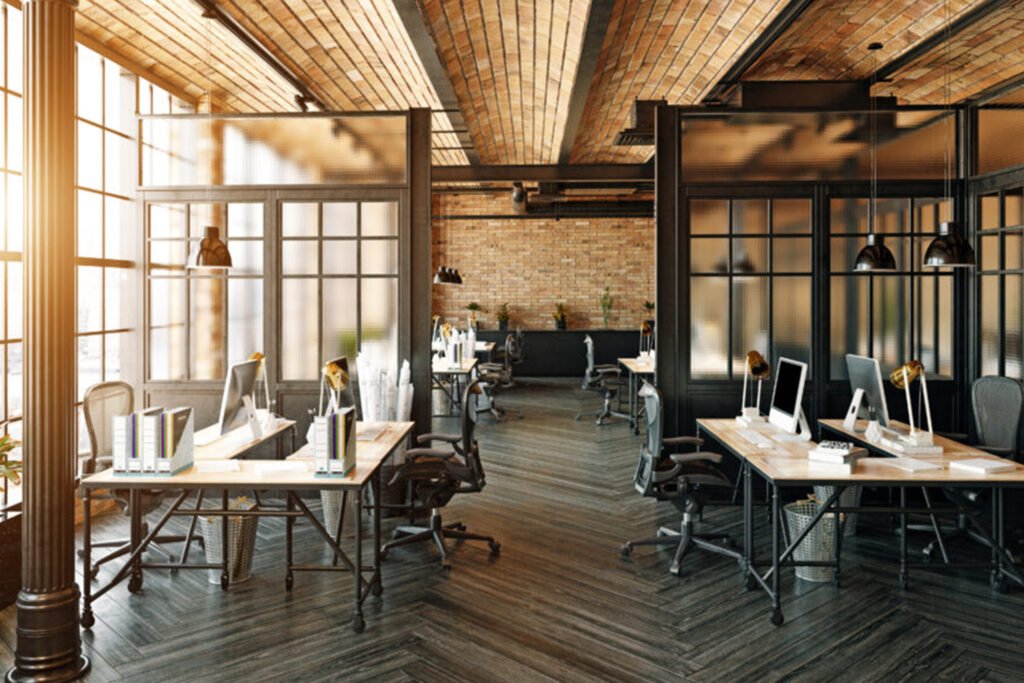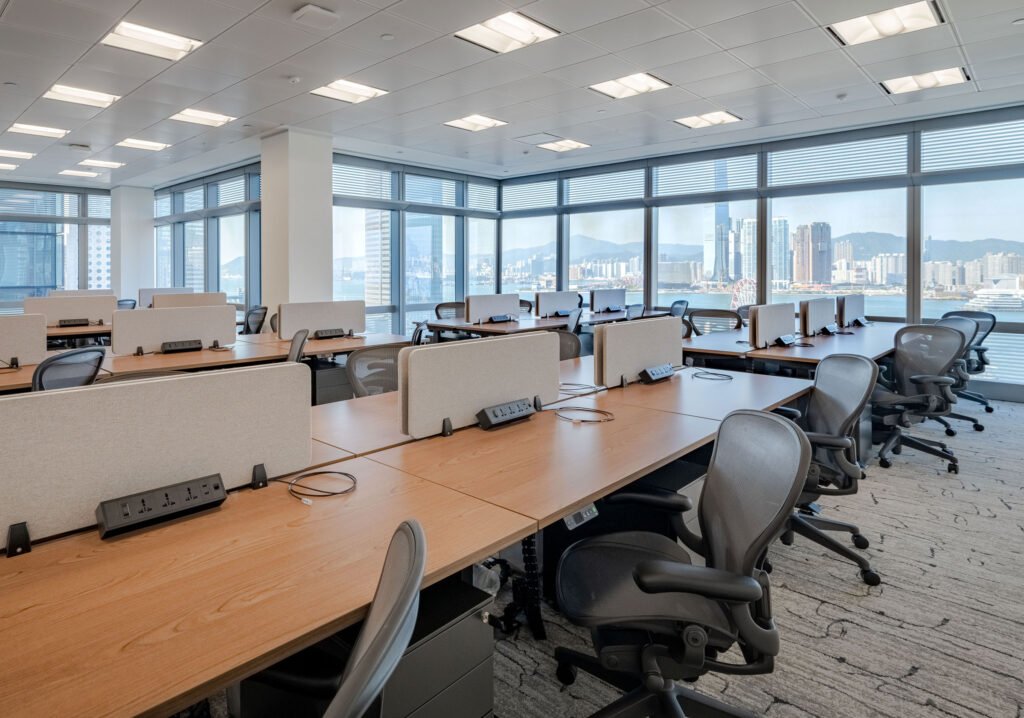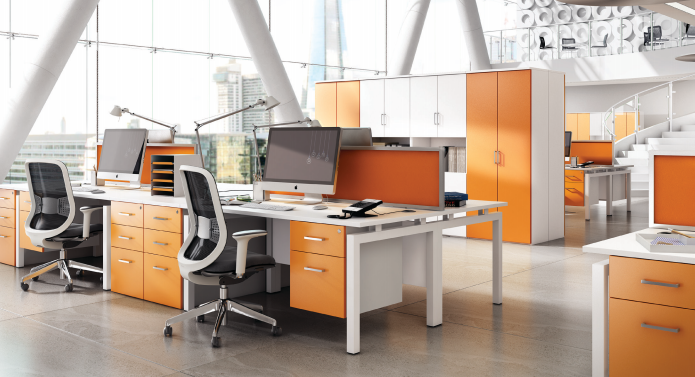Imagine stepping into a home where every corner whispers comfort, every color lifts your mood, and every detail reflects your personality. A well-designed home isn’t just about aesthetics, it’s about creating a sanctuary that resonates with who you are. Yet for many homeowners, the reality feels far from this ideal. Uninspiring rooms, mismatched furniture, and an overall lack of cohesion can turn even the most beautiful spaces into sources of frustration. And then there’s the looming fear: How can I afford to redesign everything without breaking the bank?
Here’s the good news, interior design is no longer a luxury reserved for the elite. With the rise of DIY-friendly tools, budget-savvy strategies, and tech-supported design platforms, modern homeowners now have everything they need to turn their house into a dream home.
In this guide, you’ll discover practical, actionable interior design secrets that go beyond Pinterest boards and paint swatches. Whether you’re starting from scratch or simply refreshing your space, you’ll learn how to design with confidence, purpose, and style, all while staying true to your vision and budget.
Understand Your Space and Set a Vision
Before diving into décor choices or paint colors, the first step in any transformation is understanding what you’re working with. Take a close look at your current space. How much natural lighting do your rooms receive? Is the layout functional, or do certain areas feel cramped or underused? And most importantly, what is the purpose of each room, relaxation, productivity, entertainment?
- Define Your Style: Identify your home’s personality, do you prefer the clean lines of Modern, the cozy textures of Boho, the minimalism of Scandinavian, or the raw edge of Industrial design? Knowing your aesthetic direction is essential for a cohesive look.
- Understand the Impact: Your preferred style influences not only decor choices but also mood, layout, and function. A clear identity helps avoid mismatched or disjointed spaces.
- Create a Visual Guide: Use Pinterest or mood boards to collect images that inspire you, furniture, colors, textures, and layouts. This curated visual reference keeps your design process consistent and intentional.
- Set Design Goals: Decide what matters most, comfort, beauty, function, or a balance. Clear goals ensure your design choices serve both your lifestyle and aesthetic preferences.
With a defined style and a solid plan in place, you’re well on your way to discovering how to create an interior design plan that truly reflects your lifestyle and taste. These are the building blocks of modern home interior ideas done right.
The Power of Color Psychology and Lighting
Color and lighting are silent designers, they shape how we feel in a space, often without us realizing it. Understanding color psychology in interior design can dramatically influence the mood, energy, and even perceived size of your home. Soft blues and muted greens promote calmness, making them perfect for bedrooms and meditation corners. On the other hand, bold tones like yellow and orange can energize a kitchen or workout space, fostering creativity and motivation.
- Choose Paint by Room Purpose: Use warm neutrals in living rooms to encourage conversation, and cool tones in bathrooms for a calming, spa-like feel.
- Don’t Fear Dark Colors: In small rooms, darker shades can add depth and sophistication when balanced with lighter elements and good lighting.
- Maximize Natural Light: Open curtains, use reflective surfaces like mirrors, and select light-colored furniture to brighten your space naturally.
- Use Modern Lighting Solutions: Incorporate LED strips, dimmable fixtures, and smart bulbs to adjust brightness and set the mood at any time of day.
- Apply Layered Lighting Techniques: Combine ambient (general), task (focused), and accent (decorative) lighting to create a flexible and dynamic environment.
- Strategic Light Placement Matters: Add floor lamps, under-cabinet lights, or wall sconces to instantly transform a room’s atmosphere from flat to vibrant.
When color and light work together, the result is more than design, it’s a living atmosphere that nurtures your well-being and makes your dream home a reality.
Furniture Placement & Functional Layout Hacks
Why Furniture Placement Matters
Creating a functional and stylish home is about more than just choosing attractive pieces, it’s about designing with purpose. Thoughtful furniture placement enhances comfort, improves movement, and optimizes space use. Whether you’re working with an open-concept layout or a compact apartment, the goal is the same: make every square foot count.
Map Out Traffic Flow
Begin by analyzing how people move through your space. High-traffic zones like hallway-to-sofa or kitchen-to-dining routes must remain clear. Avoid placing furniture where it blocks these natural pathways. Instead, arrange items in a way that encourages smooth circulation and natural interaction.
Get Scale and Proportion Right
A major misstep many modern homeowners make is misjudging furniture scale. Oversized sectionals can dwarf a small room, while dainty pieces get lost in larger areas. Use floor planning tools or augmented reality (AR) apps to test proportions and placement before committing. Visual balance is essential for both comfort and style.
Use Smart, Space-Saving Furniture
In tighter layouts, every inch matters. Choose space-saving furniture like:
- Wall-mounted desks
- Foldable dining tables
- Nested coffee tables
These solutions preserve open floor areas while maintaining usability. Bedrooms and living rooms benefit from pieces like storage ottomans, lift-up beds, or modular sofas that double as storage and seating.
Invest in Multifunctional Furniture
For homes with limited space or evolving needs, multifunctional furniture is a game changer. Consider:
- A daybed that functions as both a guest bed and reading nook
- A kitchen island that combines seating, prep space, and storage
- Benches with hidden compartments
These hybrid pieces are ideal for modern families juggling remote work, entertainment, and daily living.
DIY Interior Design Tips That Make a Big Impact
You don’t need a massive budget or professional help to elevate your interiors, a few smart, hands-on upgrades can completely transform the look and feel of your space. These DIY interior design ideas focus on creativity, resourcefulness, and style.
- Create Visual Impact with Gallery Walls: Begin with your walls, often overlooked, they offer huge design potential. A well-curated gallery wall adds rhythm and personality. Mix frame sizes, orientations, and art styles (photos, prints, typography) for visual interest. Use painter’s tape to plan the arrangement before hanging to ensure precision and balance.
- Style Open Shelves with Purpose: Open shelves and small nooks should be thoughtfully styled, not cluttered. Apply the rule of thirds by grouping items of varying heights, shapes, and textures. Combine practical items like books with decorative ones like plants, vases, or souvenirs, and leave white space for a clean, elegant feel.
- Decorate on a Budget with Textiles: Affordable items like rugs, throw pillows, and curtains can quickly transform a room’s mood and texture. Go for bold prints or accent colors to revitalize neutral spaces, and rotate seasonal fabrics to keep your décor feeling fresh and dynamic all year round.
- Add Character with Upcycled Finds and Statement Pieces: Use upcycled or thrifted décor to infuse uniqueness and sustainability. A repainted vintage mirror or a repurposed crate adds charm without cost. Enhance brightness with mirrors, and ground each room with a statement piece, like a sculptural lamp or striking artwork, to create a focal point and spark conversation.
These easy design upgrades are proof that great style doesn’t need to come at a high cost. With a DIY mindset and a bit of vision, your home can radiate charm, individuality, and sophistication.
Room-by-Room Mini Makeover Strategies
Transforming your entire home can feel overwhelming, but when you break it down room by room, the process becomes both manageable and exciting. Here are targeted makeover strategies designed to refresh each space with minimal effort and maximum impact.
Living Room
Your living room is the social heart of your home. Start by creating conversation zones, arrange seating to face each other rather than the TV. This instantly makes the space more inviting. Use a focal point such as a fireplace, artwork, or even a large window, and position your couch and accent chairs to naturally draw attention toward it.
Elevate your entertainment unit by hiding cables, adding LED backlighting, or incorporating decorative elements like vases or books. These living room makeover ideas blend function with style.
Kitchen
Give your kitchen a facelift with a modern backsplash, peel-and-stick options offer quick transformation without the mess. Open shelves add lightness and let you showcase stylish dishware. Install under-cabinet lighting to highlight countertops and create ambiance.
For improved functionality, use vertical storage, magnetic spice racks, and drawer organizers, small changes with big payoffs.
Bedroom
A modern bedroom transformation begins with comfort. Use soft textiles like chunky throws and linen curtains. Layer your bedding with varying textures, think cotton sheets, velvet cushions, and a quilted blanket for dimension. An upholstered or reclaimed headboard adds character.
Enhance relaxation with subtle scent and sound design, try essential oil diffusers or a white noise machine for better sleep quality.
Bathroom
Turn your bathroom into a mini spa. Add plush towels, matching dispensers, and a bamboo bath tray to create a hotel-style feel. For tight spaces, opt for wall-mounted storage and floating vanities.
Use mood lighting, such as dimmable sconces or pendant lights, to add sophistication. These small bathroom design tips turn utility into luxury.
By applying these room-specific strategies, your home’s transformation will feel intentional, cohesive, and refreshingly modern.
Bringing Nature Indoors: Plants, Textures & Sustainability
One of the most powerful interior design trends of the modern era is biophilic design, the practice of integrating natural elements into indoor spaces to promote well-being and harmony. Beyond aesthetics, it reflects a growing shift toward conscious, eco-friendly interior design tips that prioritize sustainability without sacrificing style.
- Add Indoor Plants: Use low-maintenance plants like snake plants, pothos, or ZZ plants to improve air quality and add natural texture. Place them in corners, on shelves, or hang them to liven up any space.
- Incorporate Organic Materials: Decorate with eco-friendly textures like jute rugs, linen curtains, rattan furniture, and bamboo lighting to create a calm, nature-inspired atmosphere.
- Embrace Sustainable Design: Repurpose old furniture, buy secondhand, use low-VOC paints, and opt for energy-efficient lighting and local decor to reduce your environmental impact.
Incorporating nature indoors isn’t just about looks, it’s a lifestyle shift toward healthier, more mindful living rooted in sustainability and serenity.
Conclusion & Call to Action
Transforming your house into a dream home isn’t reserved for the wealthy or professionally trained, it’s a journey anyone can begin, regardless of budget. With the right mindset, a touch of creativity over cost, and practical strategies, even the smallest changes can breathe new life into your living space.
Remember, the goal isn’t perfection, it’s personalization. Whether it’s a gallery wall, a cozy reading nook, or a refreshed bedroom layout, every upgrade brings you closer to a home that truly reflects who you are.
Ready to begin? Start with one room this weekend. Rearrange the furniture, add a plant, or swap out some pillows, and feel the difference.
For more design resources, DIY inspiration, and expert tips, subscribe to our newsletter or consult with a design professional to tailor your vision. Your dream home is closer than you think, one choice, one corner, one room at a time.




